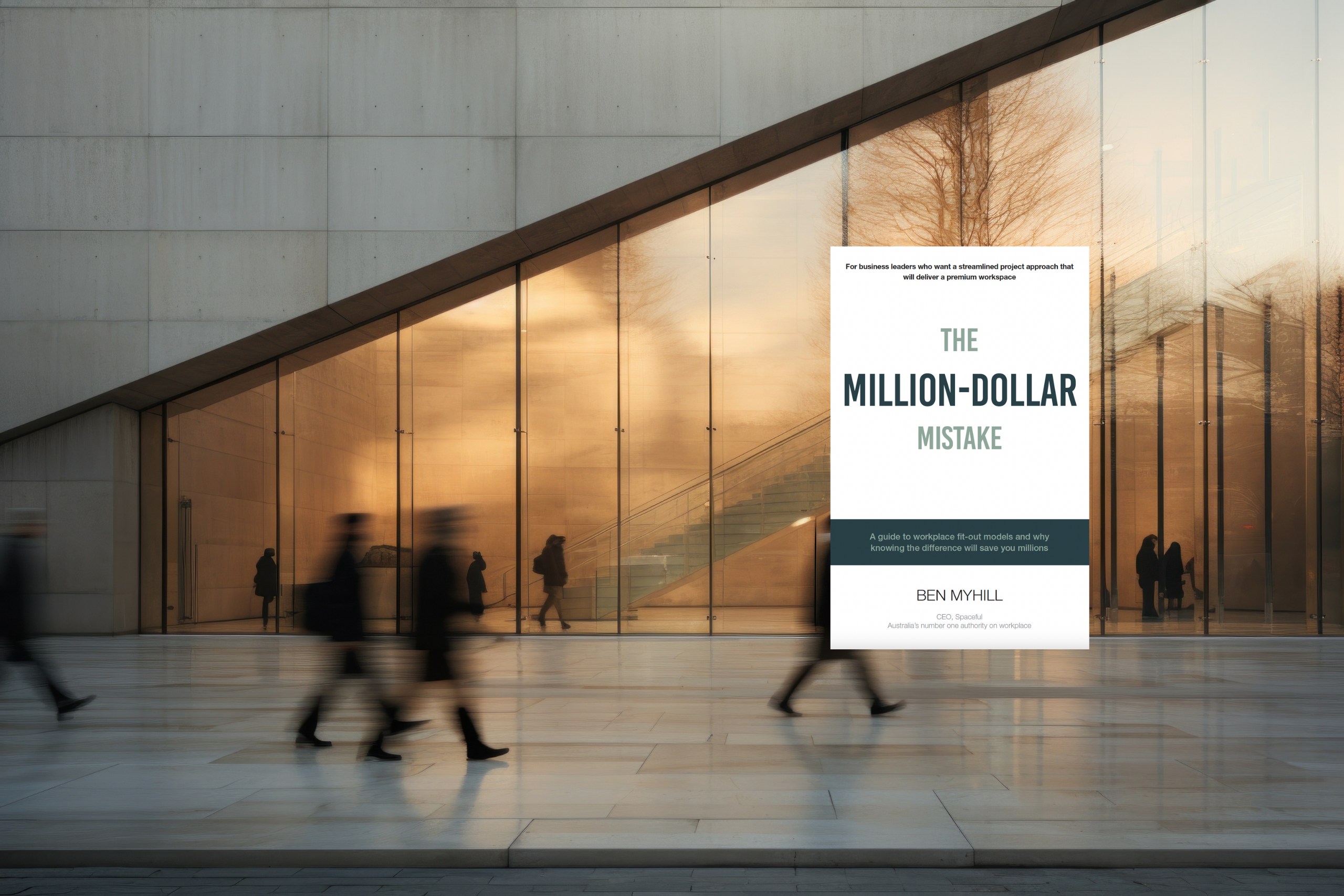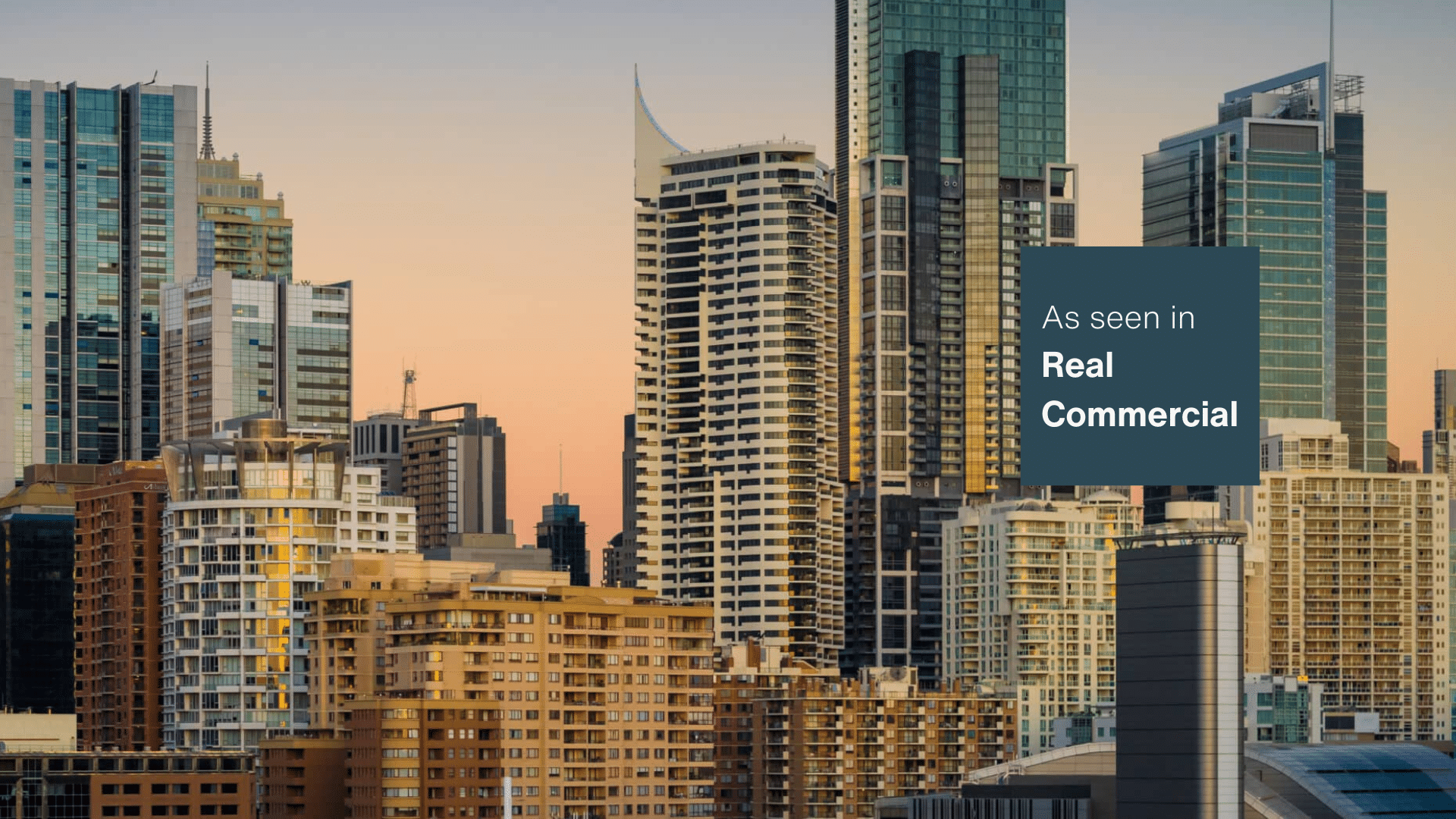
Spaceful recently hosted the event, Unlimited: An Exploration of Future Workplace Innovation, where we addressed the evolving concept “work”. Keynote speaker, Futurist, Change Strategist, and Author Michael McQueen, remarked that “Over the last four years, we’ve witnessed changes equivalent to decades of transformation. The nature of work, how we approach it, and the tasks we undertake have undergone significant shifts.”
We delve deeper into these transformations and their implications for workspaces over the coming years.
Breaking norms
The traditional 9-to-5 workday is officially a relic of the past. The COVID-19 pandemic was a great experiment in remote work and prompted us to deeply examine how employee productivity can be maximised. Previously, this aspect was largely overlooked because the standard norm was to work from 9-to-5 in the office, without question. We have since realised that peak productivity doesn’t necessarily occur within the confines of a 9-to-5 office schedule.
In fact, close examination of productivity levels over an eight-hour workday reveal that while employees may seem busy, they are not genuinely engaged in meaningful work for that entire duration – Source. Therefore, clocking hours between 9-to-5 does not promote efficiency and effectiveness. Humans have their own “biorhythm” and rather than forcing people to work a 9-to-5 schedule, we now understand that it is more sensible to implement flexible work schedules that better align with individual productivity peaks (i.e. focusing on achieving results rather than adhering strictly to fixed working hours).
“The triple peak workday is blurring the lines between life at work and life outside of work.” – Michael McQueen
What is the triple peak workday? Historically, knowledge workers typically experienced two peaks of productivity during their workday: before lunch and after lunch. However, with the shift to widespread work-from-home arrangements, individuals have begun to exhibit a third peak in productivity during the hours before bedtime – Source.
The blurring of boundaries between work and personal life has also heightened the preference of individuals to work in roles that enrich their lives. Individuals now prioritise factors such as pursuing their passions, receiving fair treatment from employers, and aligning with their employer’s values.
Redefining the scope of work
Technological advancements, particularly in AI, are fundamentally reshaping the type of work we do day-to-day. These innovations can streamline operations by automating mundane tasks and enhancing the efficiency of complex tasks. An increasing portion of our workday is dedicated to mastering the management of these programs to achieve goals. Moreover, as computer hardware and software continue to advance at a rapid pace, ongoing shifts in the devices we use for work, and the duration of time we spend using them, will continue to shift. For example, although smartphones are currently primarily utilised for communication in both professional and personal contexts, they are poised to evolve into even more versatile toolboxes offering a wide array of work related productivity tools in the future.
The prevalence of meetings, and their duration, has also increased significantly, in fact time spent in virtual meetings has tripled since 2020 due to hybrid and flexible work arrangements. A recent study done by the Harvard Business Review also suggests that the large number of virtual meetings we attend, even when in the office, is here to stay.
Embracing diverse work environments
It goes without saying that flexibility in working locations for many professions is here to stay, whether that be fully remote or hybrid work options. The proportion of Australian organisations in the private sector that currently offer flexible working strategies has exceeded 78%. Remote work options give employees the autonomy to work where they know they will be most productive because while some thrive in the bustling, social atmosphere of the office, others may work more productively in the peaceful comforts of their home or the in quiet neighbourhood café. It’s about prioritising talent and productivity over proximity to the office.
Even when at the office, employees today crave flexibility to accommodate different work styles. For example, a neurodivergent employee may prefer nestling into one of the quiet booths in the workplace, while neurotypicals may find themselves more productive in the open desk seating environment or breakout zones, like the kitchen.
Future-proofing the workspace amidst rapid change
Over 100 guests at the Spaceful Unlimited event answered two key questions.
- What’s your ideal workday combo?
- Which aspect of your workday would you most like to improve?
Their answers revealed the following:
- The ideal workday is almost evenly split between “solo focus” and “team collaboration”, recognising the need for both quiet zones and collaborative spaces.
- Most people prefer high-energy environments with a balance between “solo power productivity” and “collaborating with dynamic dream teams”. Is a high-energy environment encouraged by your company culture and workplace policies? Is this type of environment supported by the design of the workplace?
- Most guests expressed a desire for their “Workplace Environment” to improve, reiterating the importance of undergoing a thorough workplace strategy assessment to create bespoke workplace destinations that inspire employees to do their best work from the office.
Design workplaces with DE&I because people are diverse and similarly, the way they work is diverse. While you can’t cater to everyone individually, you can design agile work environments that give employees choice.
Ultimately, it’s about taking a proactive approach rather than a reactive one. Instead of resisting change, we should seek ways to innovate and transform the work environment to meet the needs of both current and future employees.
“Think revolution and not evolution. Don’t wait until your hand is forced. How do you do revolutionary change in a purposeful, thoughtful, and strategy-aligned way?” – Michael McQueen.


